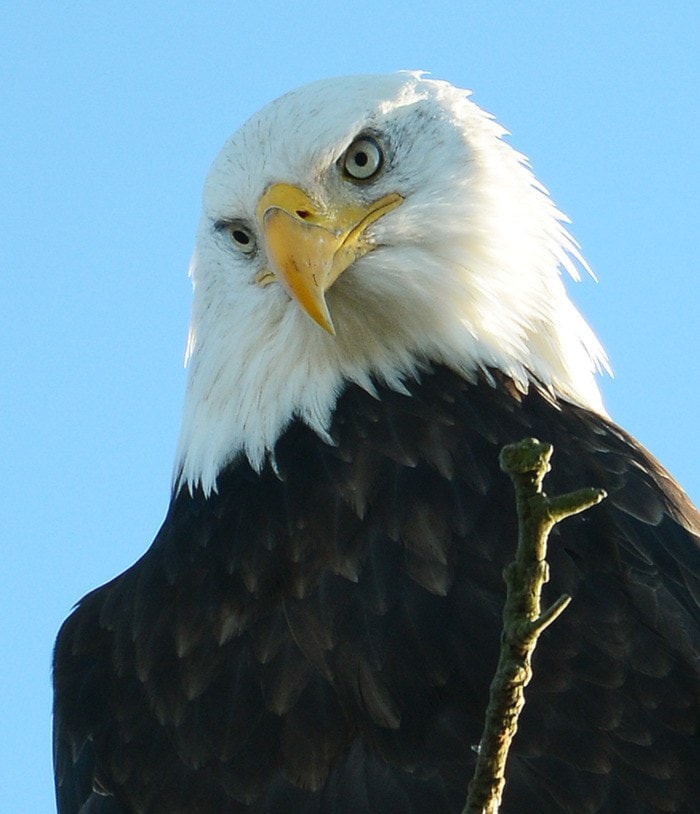Re: “Bald eagle numbers have soared over the decades,” The Leader, Jan 20.
Migratory birds moving in and feeding is a much different situation from a population rise, which can only be estimated by the number of nests in the area, the number of offspring successfully reared and their survival rate.
No doubt there are more eagles seen than there once were, but this does not alter the fact that in places of high human population and urban development, there are fewer eagles nesting than there once were.
It also depends on how selective you are about “when” you measure from. Taking numbers for comparison from the DDT “eagle depletion” years makes the rise look very impressive, but back when this insecticide was widely used, the birds were facing possible extinction and so working from here makes a great starting point for a positive spin.
During winter, increased numbers might now be up due to a change of feeding habit (more ducks – which are plentiful – and fewer fish, for example), or perhaps weather conditions elsewhere. Some years you see a lot of snowy owls coming in to over-winter, but many are starving and have come to the area because they are having trouble. The Lower Mainland is a special case in winter as it is one of the few places in Canada that doesn’t turn into an ice box, the consequence being many birds flock here to feed.
The situation is therefore a good deal more complex than “whoopee – more eagles.” The truth is, in many places nesting sites are losing out to development.
Stephen Bolwell
Surrey
